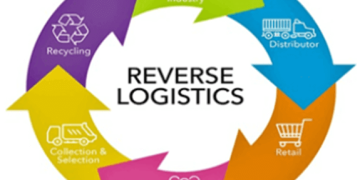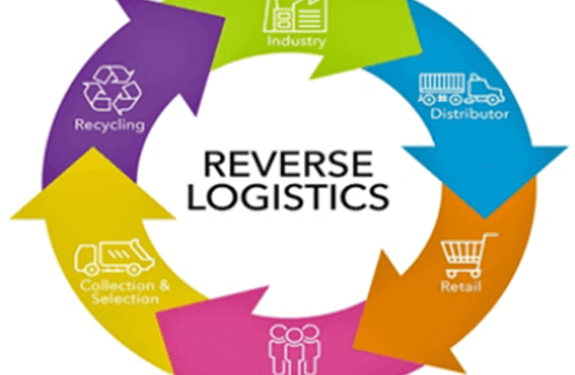SINGAPORE, August 15, 2025 — In warehouses from Shanghai to Rotterdam, the flow of goods is quietly changing direction. Reverse logistics — the business of moving products back from customers to sellers — is no longer an afterthought. Industry analysts say it’s becoming a growth engine of its own.
The numbers help explain why. More online shopping means more returns, and more returns mean higher costs if they’re not handled efficiently. Electronics, fashion, and even furniture are making their way back through supply chains at a scale that would have been unthinkable a decade ago.
In a small depot outside Singapore, workers unpack returned gadgets, checking for damage before deciding whether they’ll be repaired, recycled, or resold. “It used to be a side job,” says a shift supervisor, “now it’s a full department.” Similar scenes are playing out in logistics hubs worldwide, with companies setting up dedicated reverse-flow facilities.
Environmental rules are also pushing the change. Governments are tightening regulations on waste and recyclables, making it more attractive for companies to design loops that bring goods back into circulation. That’s creating opportunities for specialised carriers and technology providers focused on tracking, sorting, and processing returns.
The long-term outlook points to deeper integration between forward and reverse supply chains. As one industry consultant puts it: “You can’t just think about how to get a product to the customer anymore. You have to think about how it comes back — and what you’ll do with it when it does.”
—























